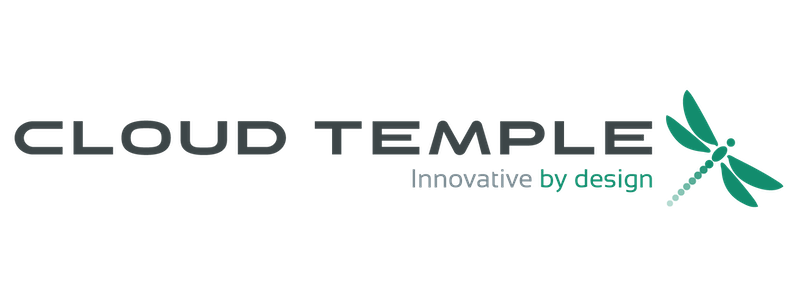The path to an open hybrid sovereign cloud in EMEA
As digital technology usage grows, so do concerns about data privacy and control. This has led to the concept of digital sovereignty: the ability for governments, organizations, and individuals’ to exert control over their digital infrastructure, data, and technology.
At its core is cloud sovereignty, which ensures data and workloads in the cloud remain under local control, not foreign jurisdictions or third-party providers.
IDC research, sponsored by Red Hat, shows that 50% of surveyed European organizations plan to adopt sovereign cloud solutions in 2025 to enhance cybersecurity, expand cloud adoption, and meet compliance needs.
Download the e-book to explore:
- IDC’s full findings.
- The benefits of sovereign cloud.
- How to align AI workloads with digital sovereignty.
- Why the right partner is key to success.
The three core IT layers of digital sovereignty
Red Hat OpenShift enables organizations to provide a genuinely customer-focused cloud service addressing data sovereignty needs, reducing complexity, and bringing advanced technologies within reach for users with limited technical expertize.
Download the e-book
Virtual Roundtable - Available on demand
The path to an open hybrid sovereign cloud in EMEA
Red Hat, and a panel of leading sovereign cloud providers came together, moderated by IDC, for an insightful discussion on how digital sovereignty is being redefined and put into practice across the region.
Discover key perspectives on:
- Operationalizing sovereignty in hybrid and multi-cloud environments
- Building trust through transparency, control, and compliance
- The role of open source and regional ecosystems in supporting sovereign strategies
Data sovereignty
The journey to digital sovereignty starts with data sovereignty, where data is governed by the laws and regulations of the country in which it is collected or relevant. Focusing on all aspects of data privacy and control, its principles have been well-established in the EU since the introduction of the General Data Protection Regulation (GDPR) in 2018.
Technical sovereignty
Technical sovereignty is the ability to control and protect all digital infrastructure (datacenters, IT hardware, software, and cloud-based services) from external interference and reliance on a single provider. Open source solutions are essential to this, as they enable data interoperability, portability, and transferability, ensuring that data and applications can easily move between different systems and platforms.
Operational sovereignty
Operational sovereignty is built on the autonomy to govern and manage day-to-day operations without external pressures or dependencies. It includes cloud solutions that provide transparency in controlling operations, from provisioning and performance management to monitoring both physical and digital access to infrastructure.
Digital sovereignty: The decision framework
An open ecosystem for sovereignty and innovation
Successful digital sovereignty requires the combined expertise of global tech vendors and local cloud providers to help organizations balance sovereign control with cloud innovation.
Together, Red Hat and its sovereign cloud providers offer an open hybrid cloud to create, deploy, and run applications and AI models, enabling efficient, sovereign deployment with seamless movement across providers.
Red Hat’s sovereign cloud partners host data-sensitive workloads while collaborating with other partners, such as hyperscalers, to host less sensitive tasks, eliminating vendor and platform lock-in.
Discover our sovereign cloud provider partners
Incorporating a sovereign cloud into a multicloud strategy
Ensuring sovereign cloud does not equal limited cloud
Phoenix Systems optimizes Swiss sovereign cloud with Red Hat
An open source-based sovereign cloud for AI
Open Source and digital sovereignty come together
Is a sovereign cloud needed for AI workloads?







